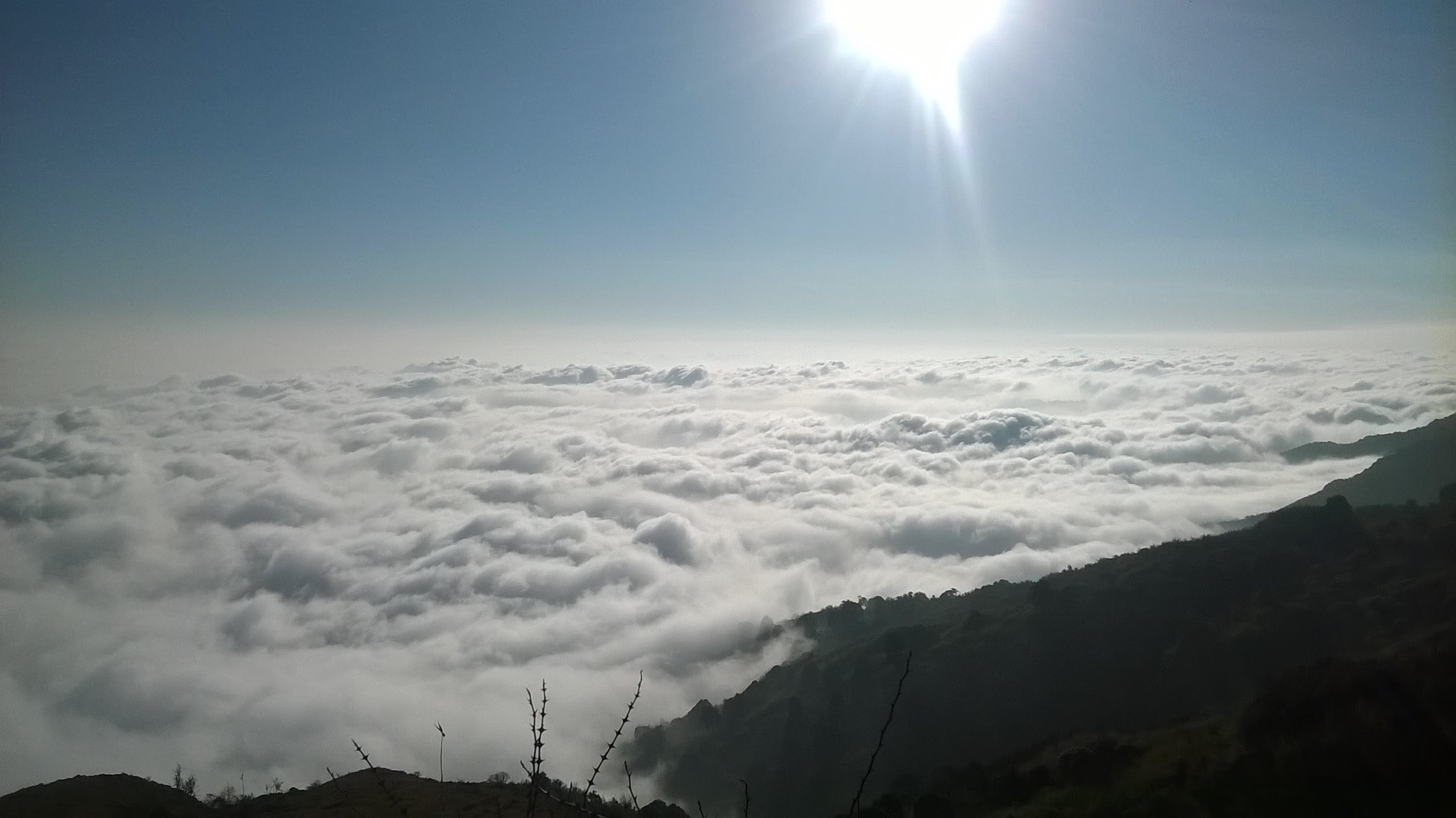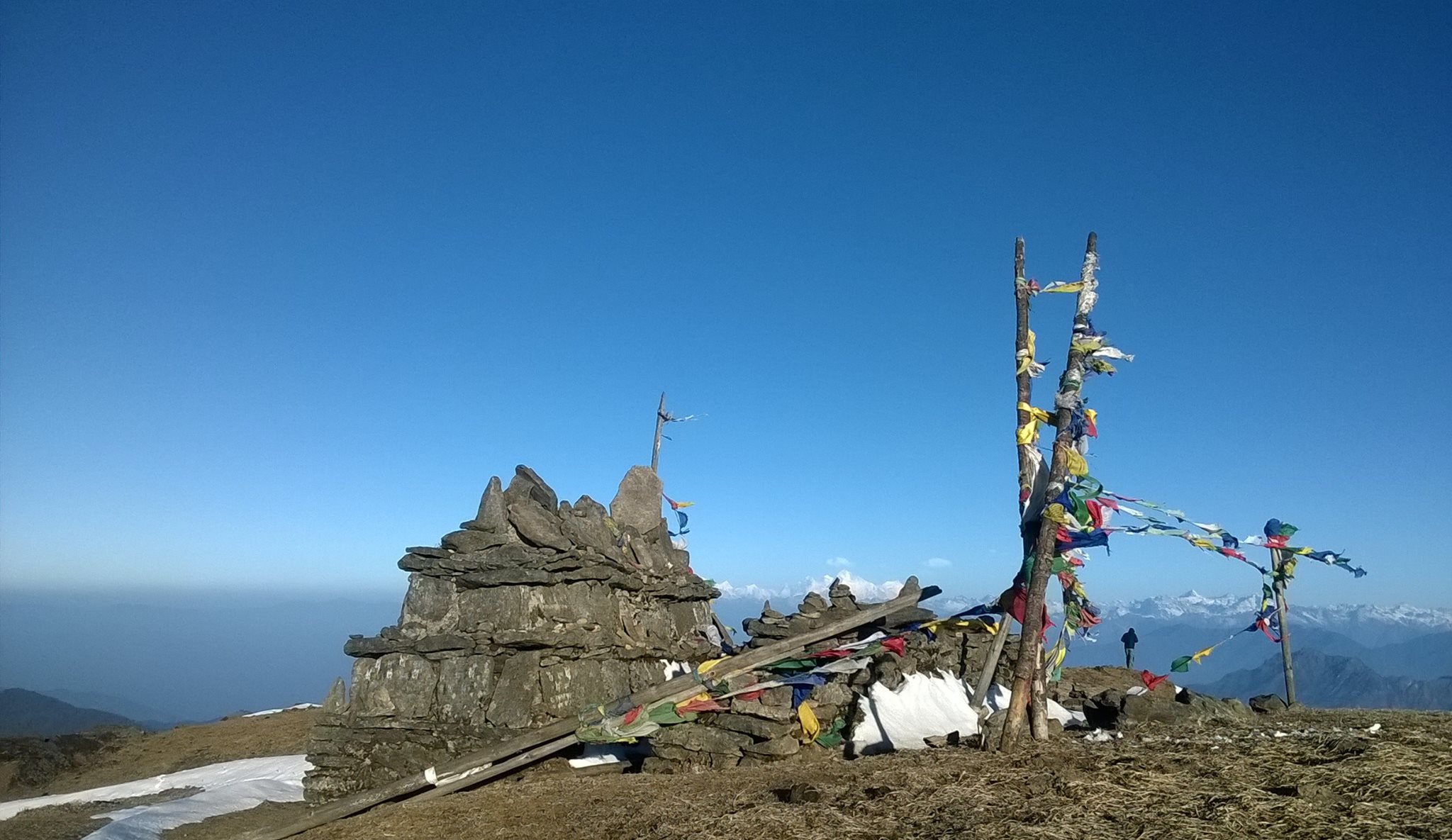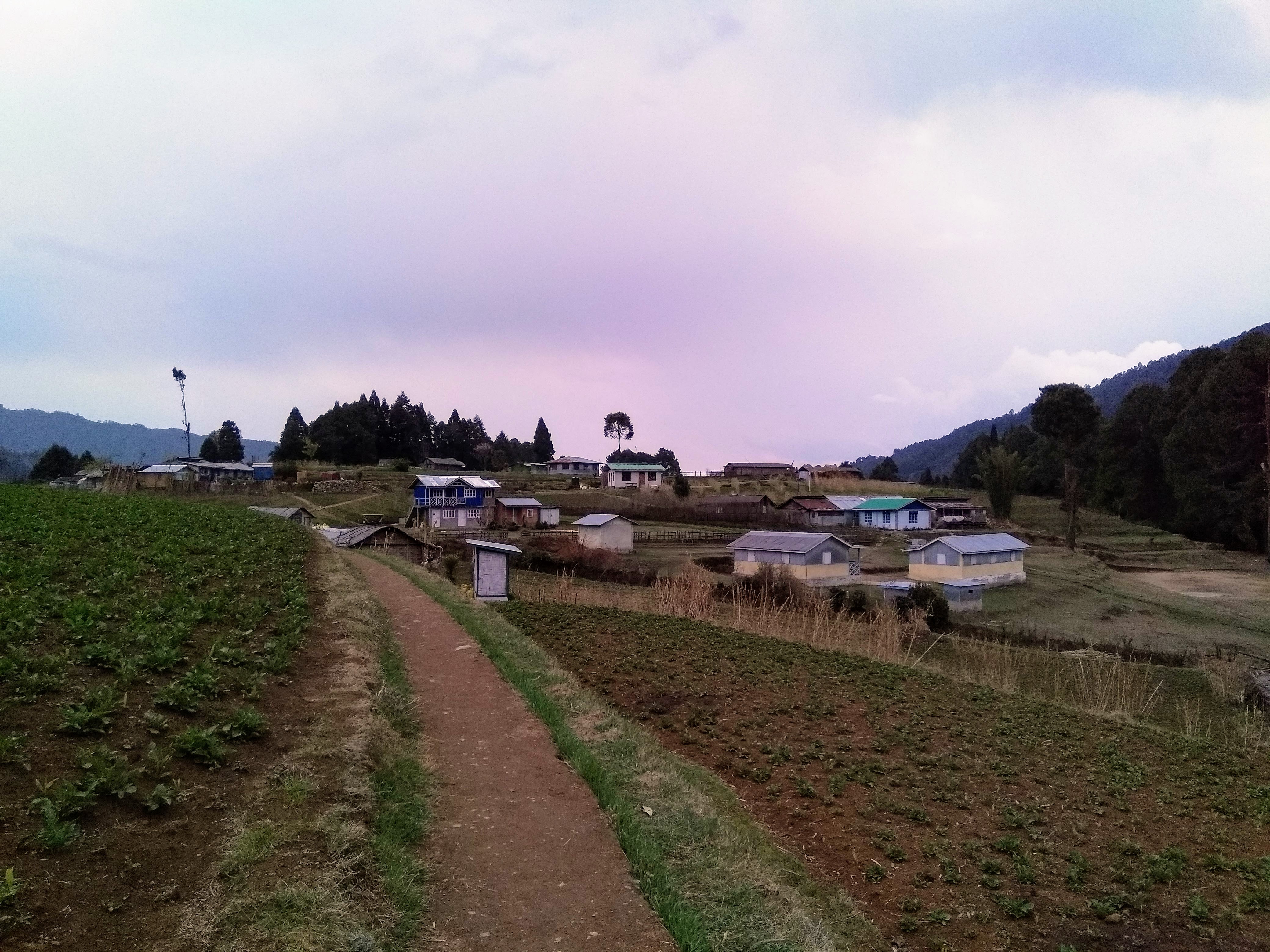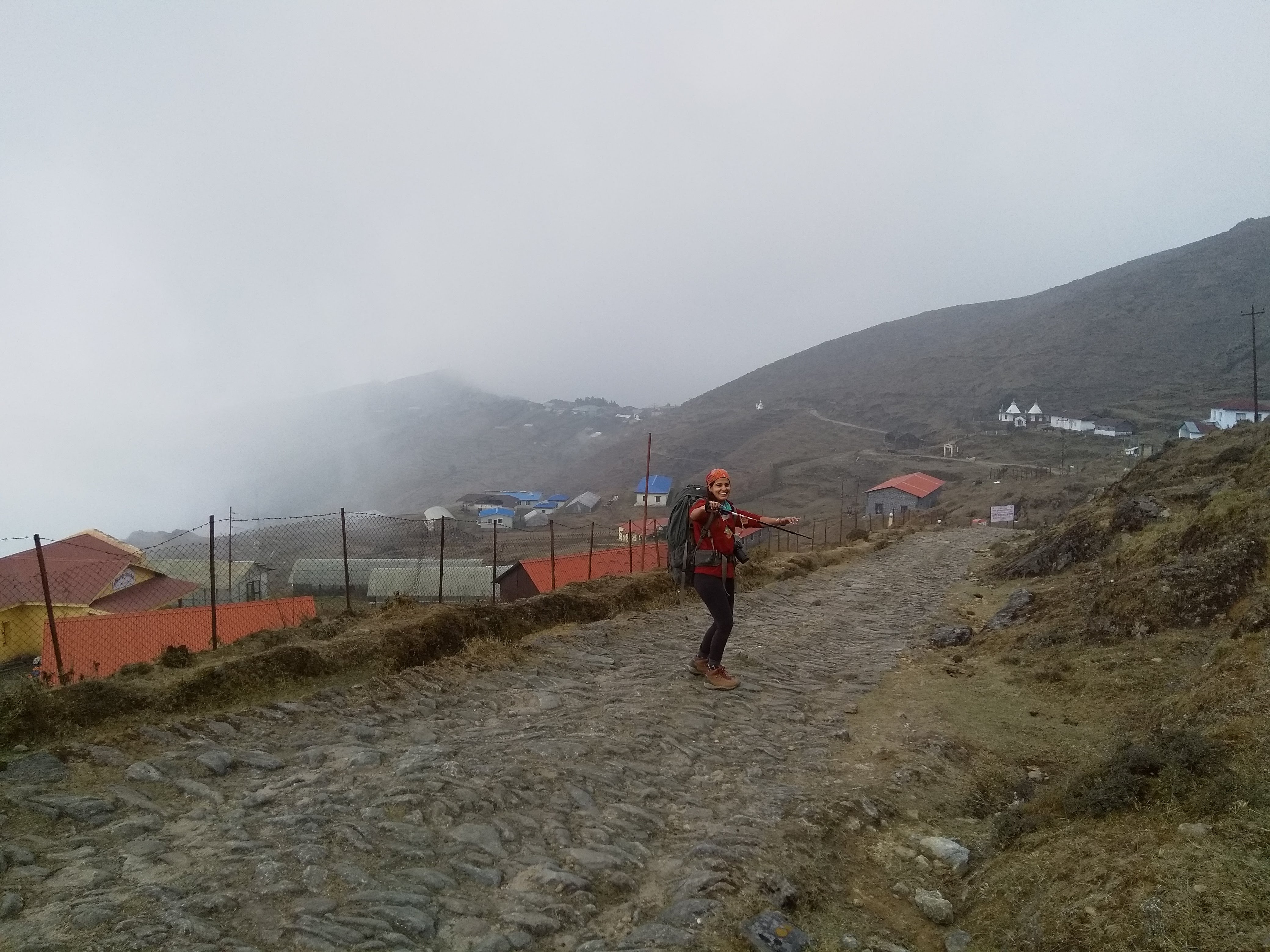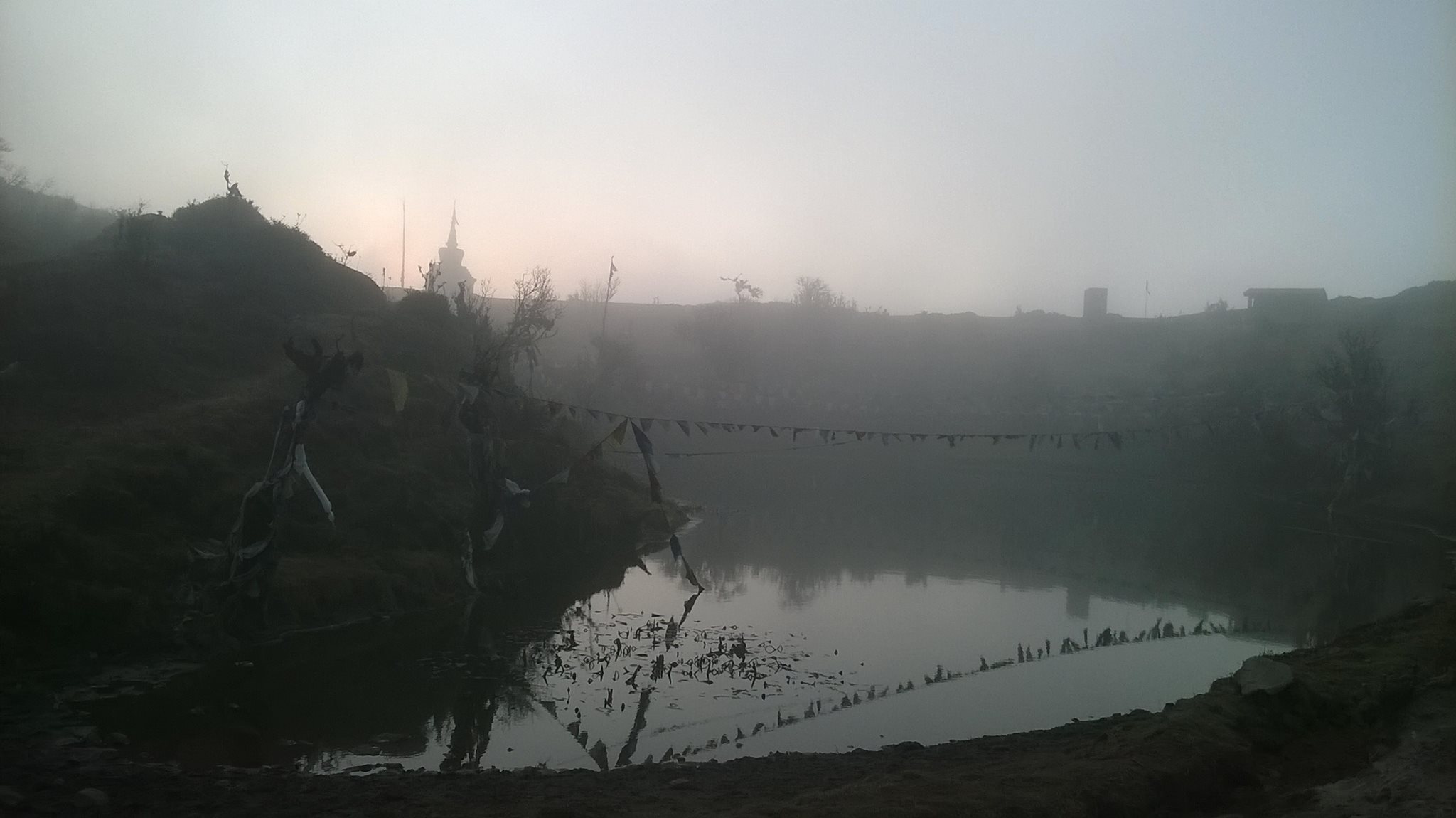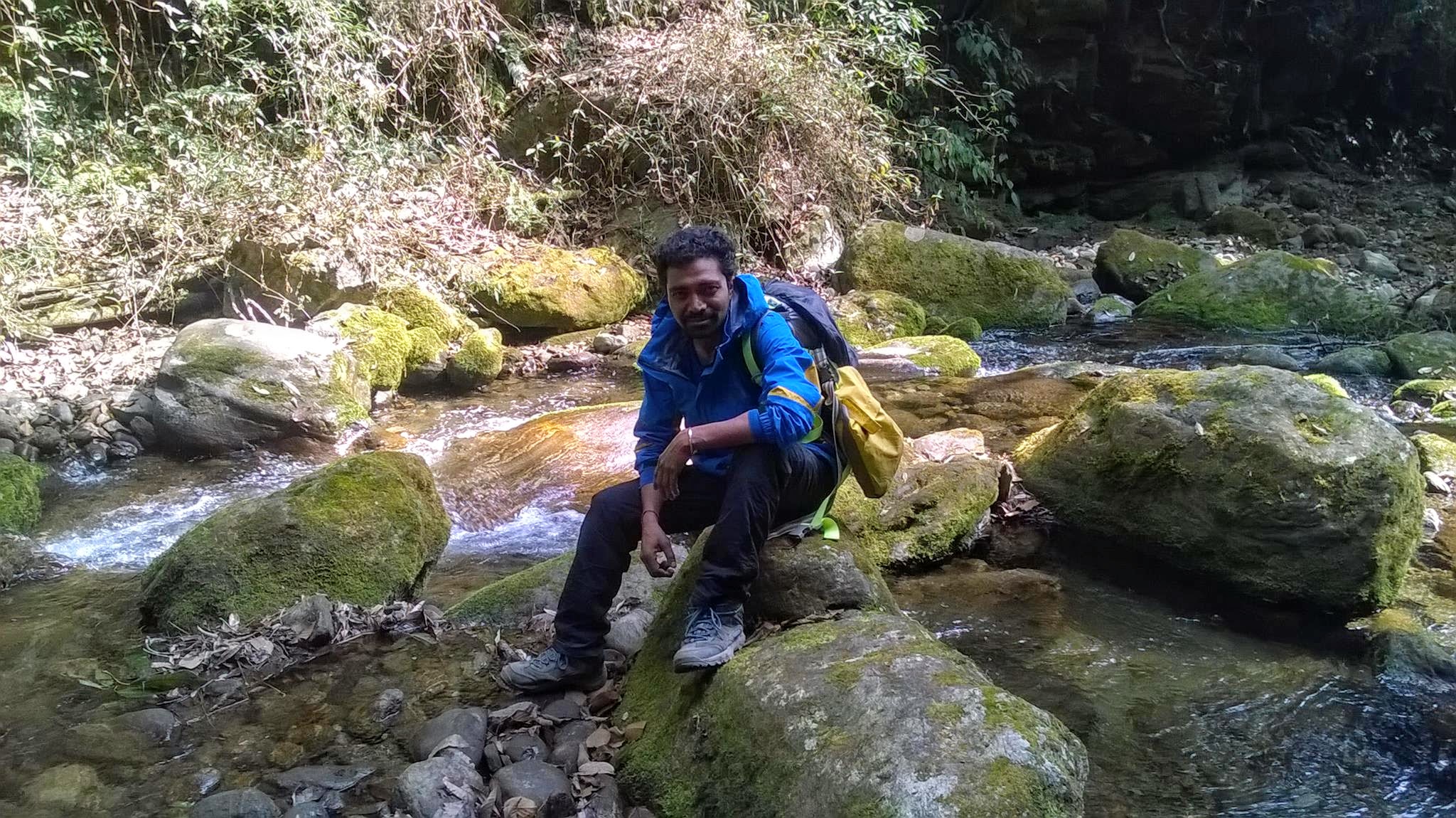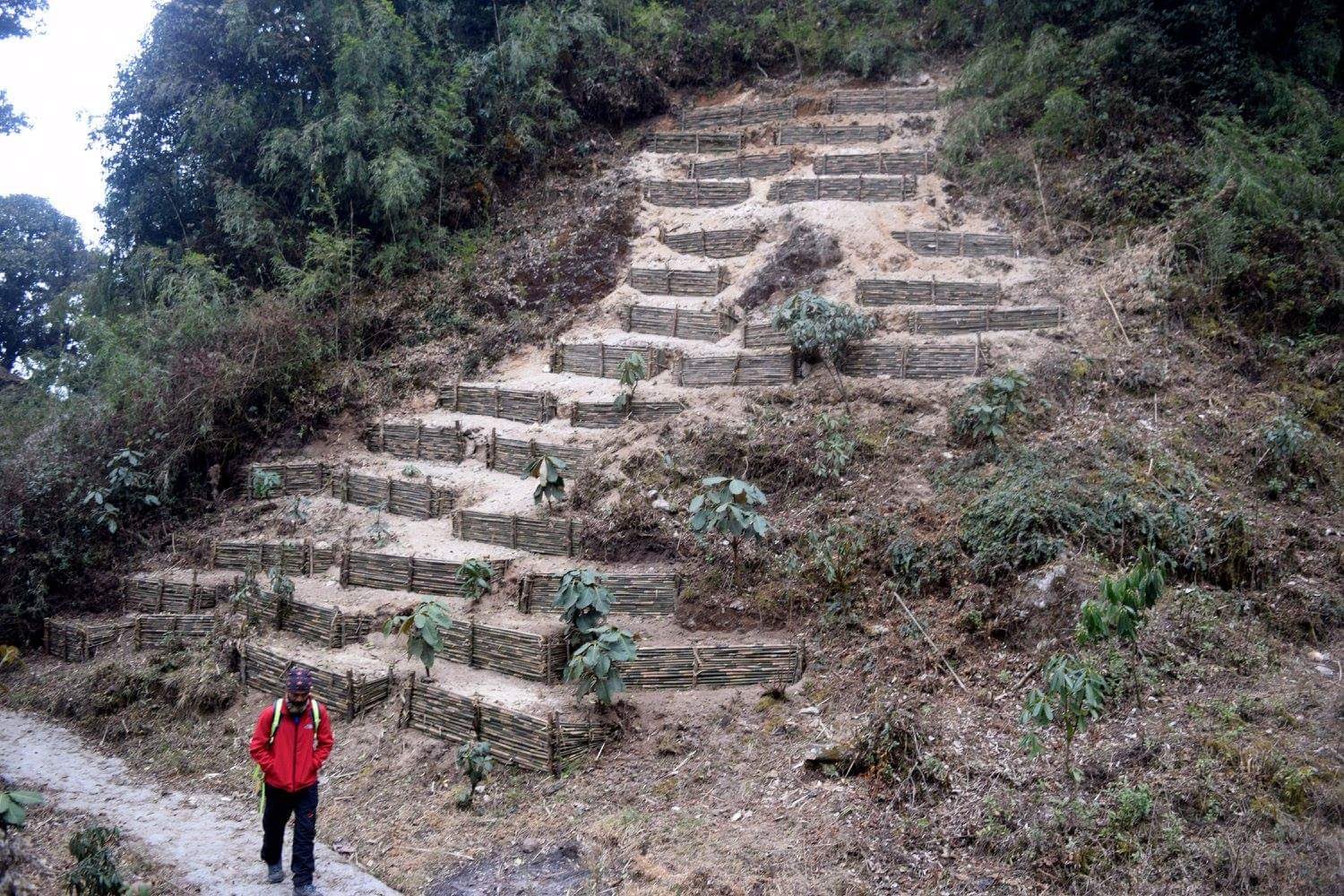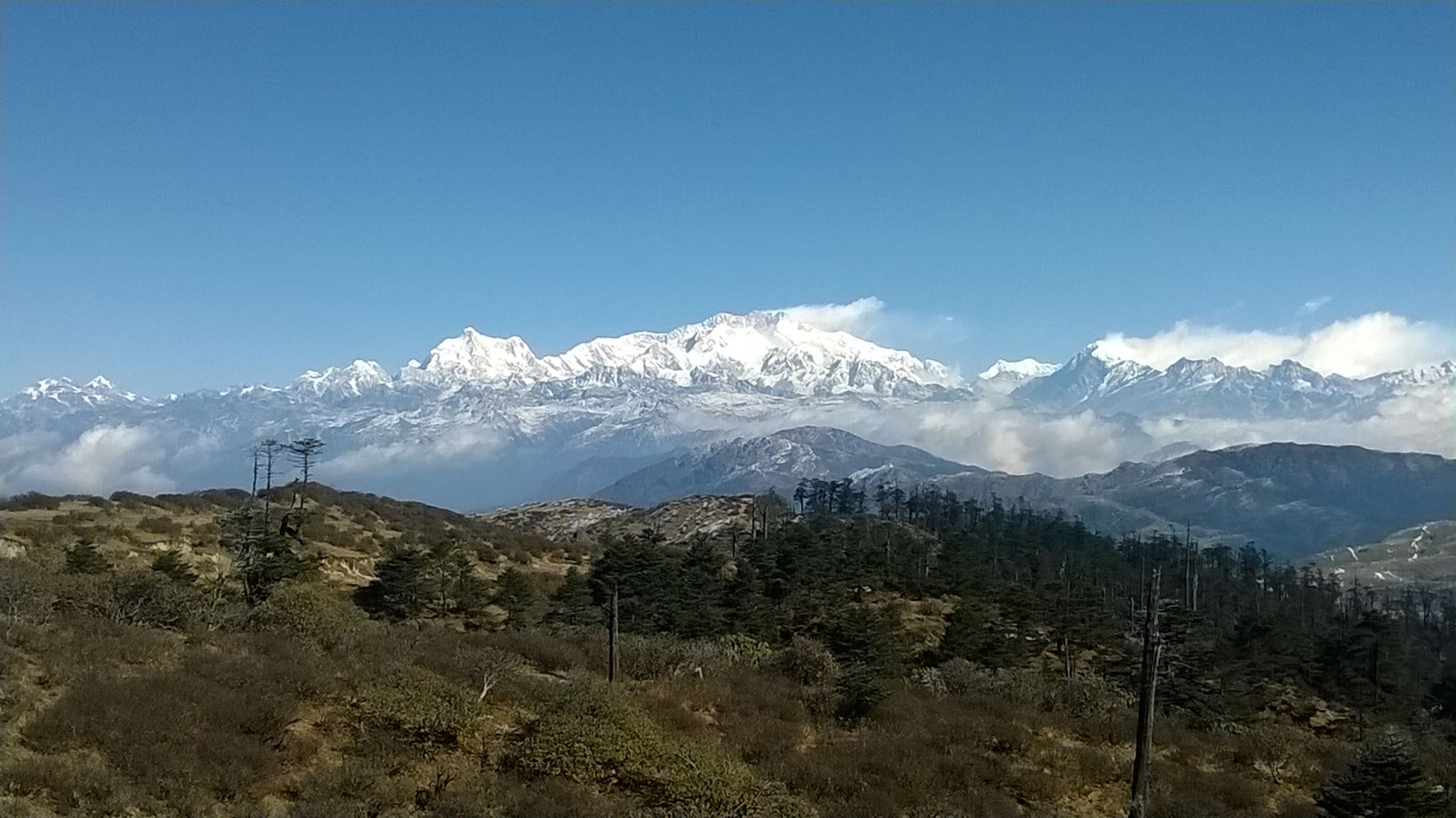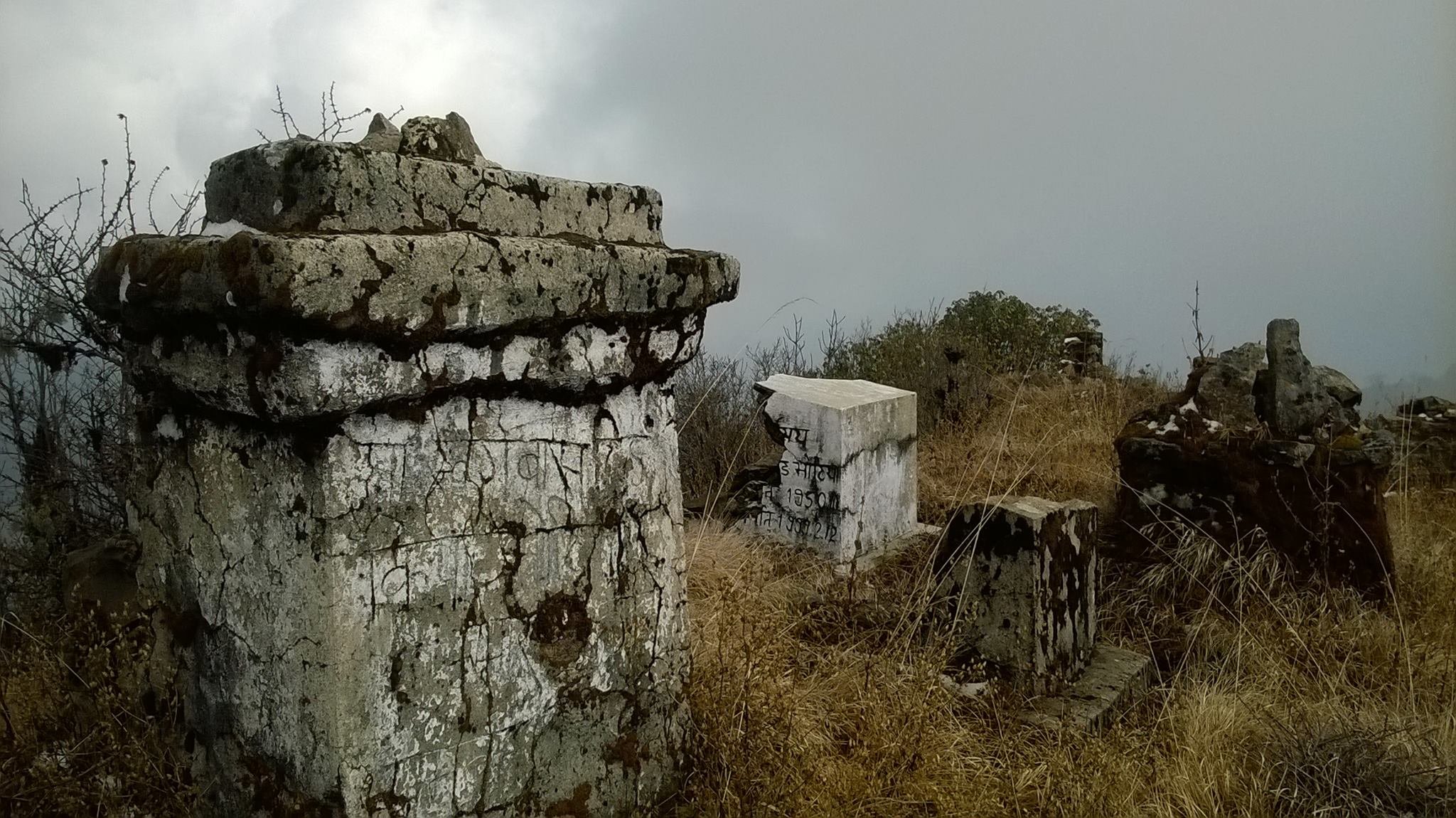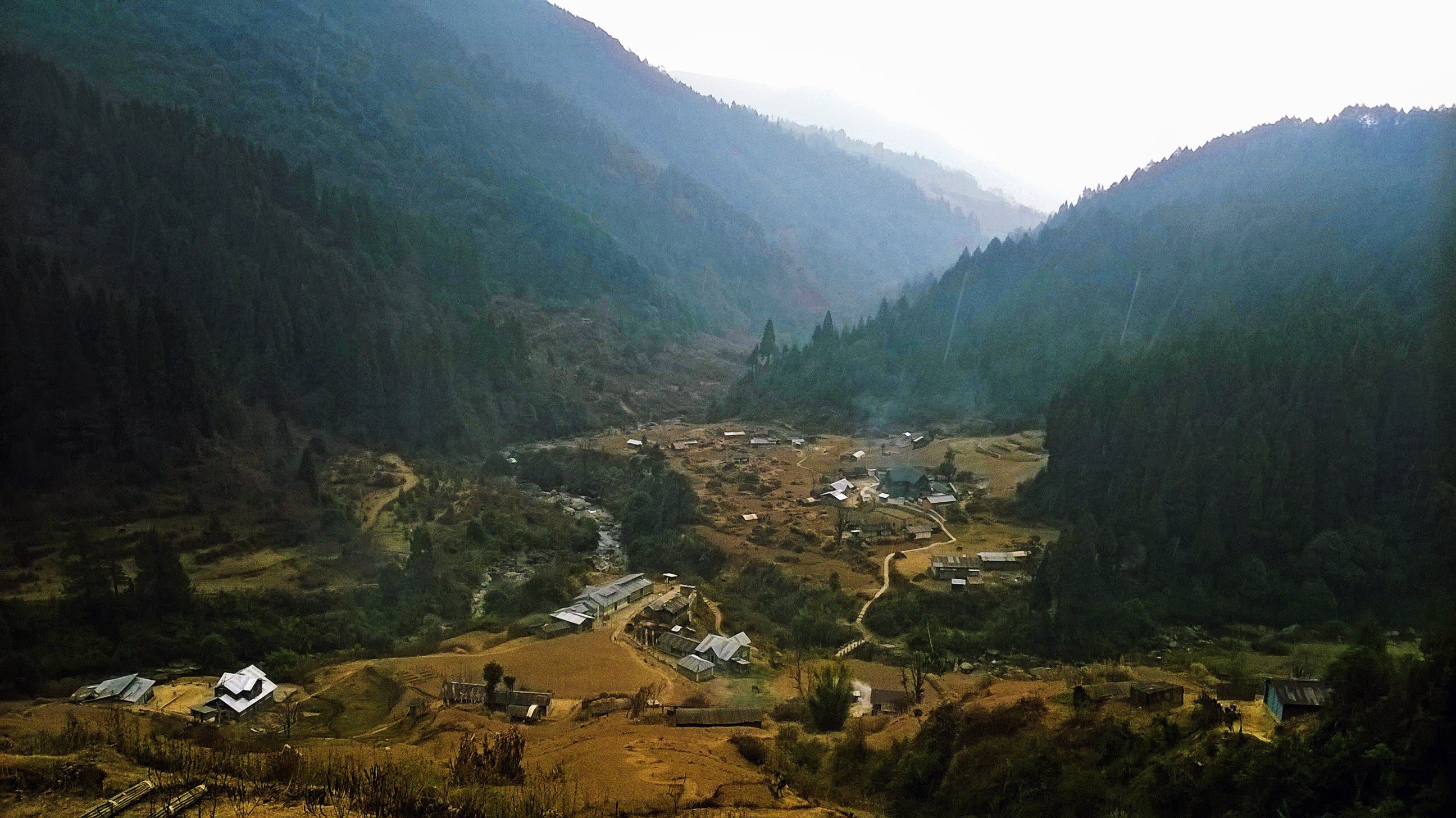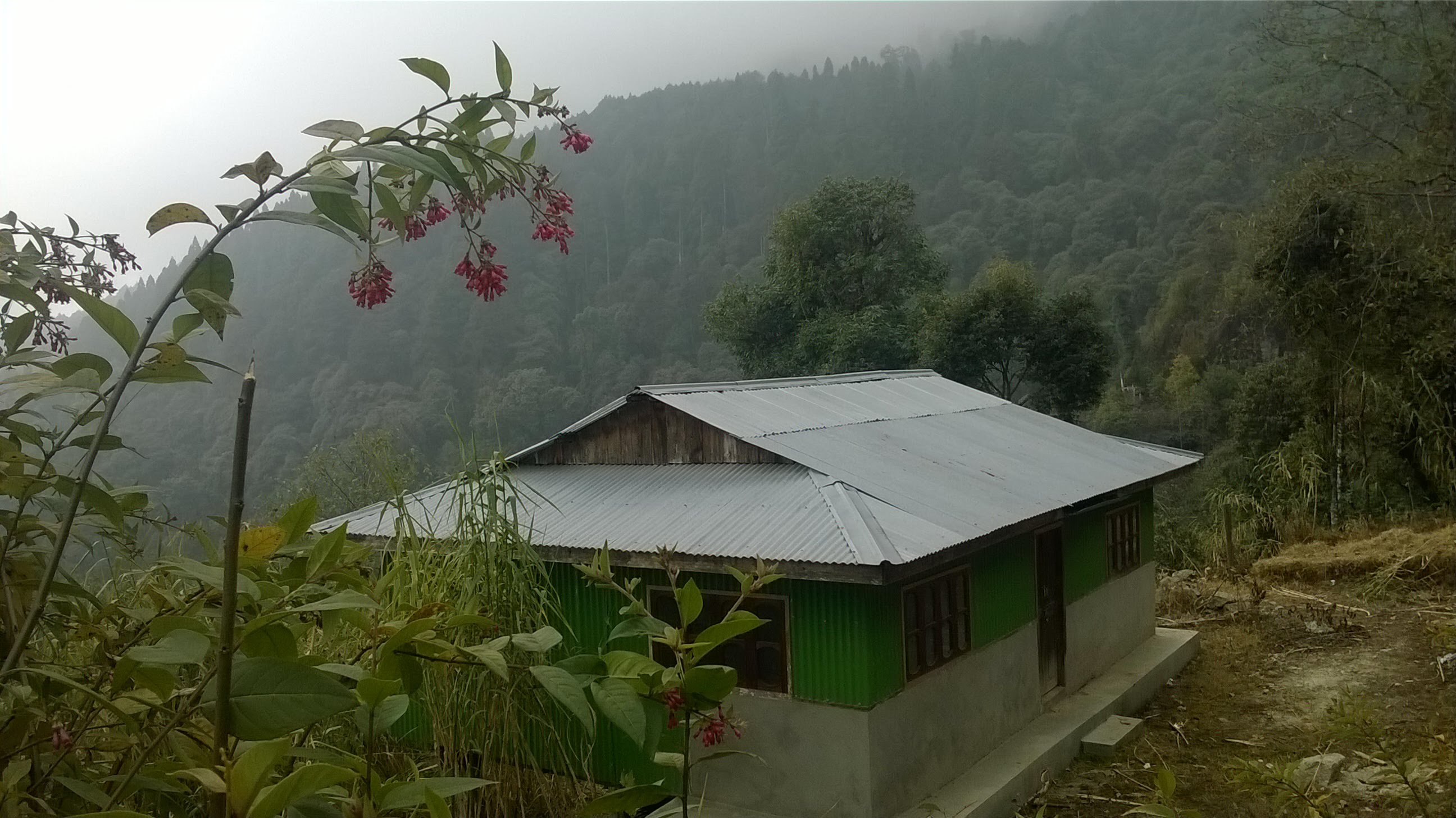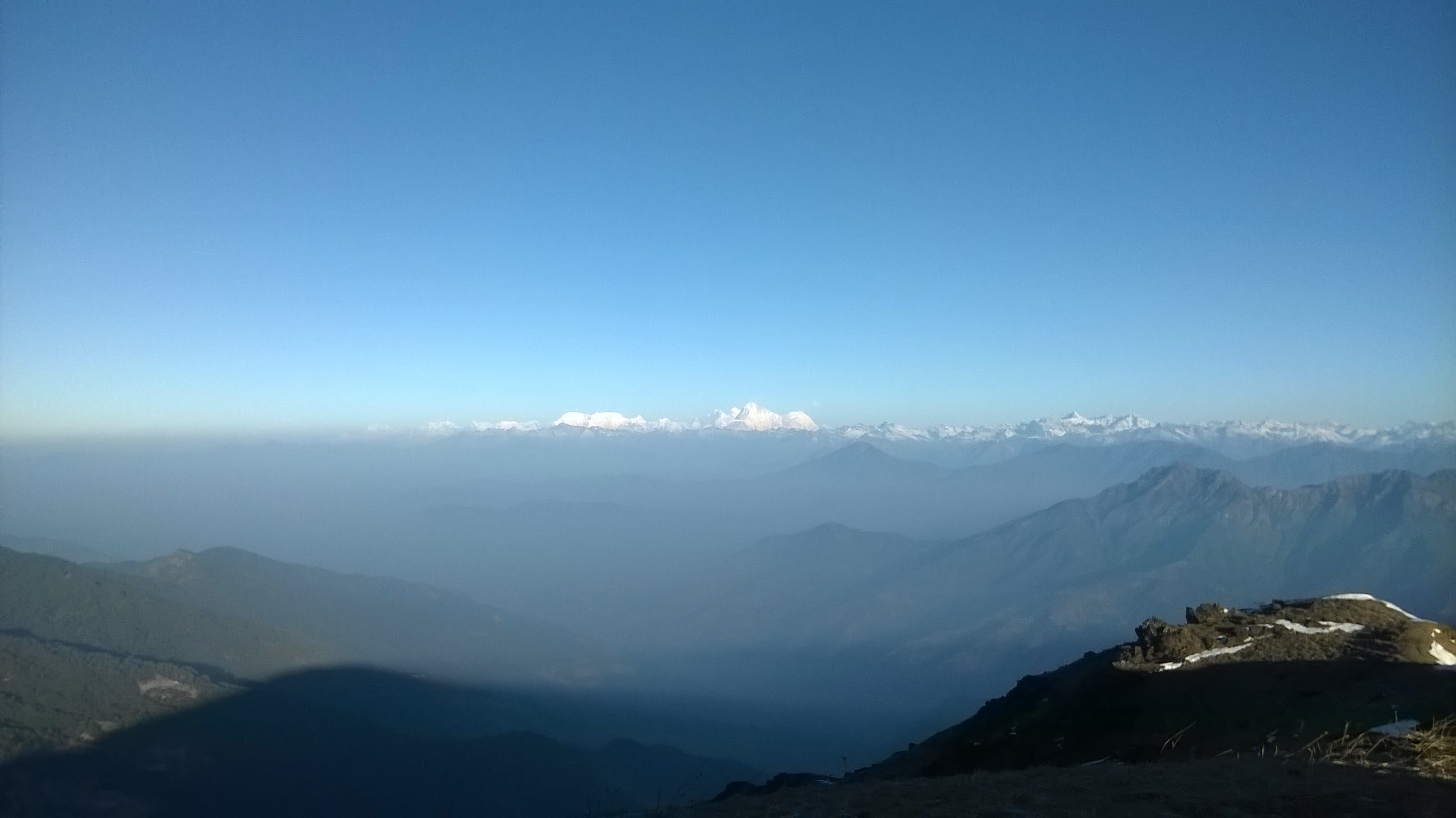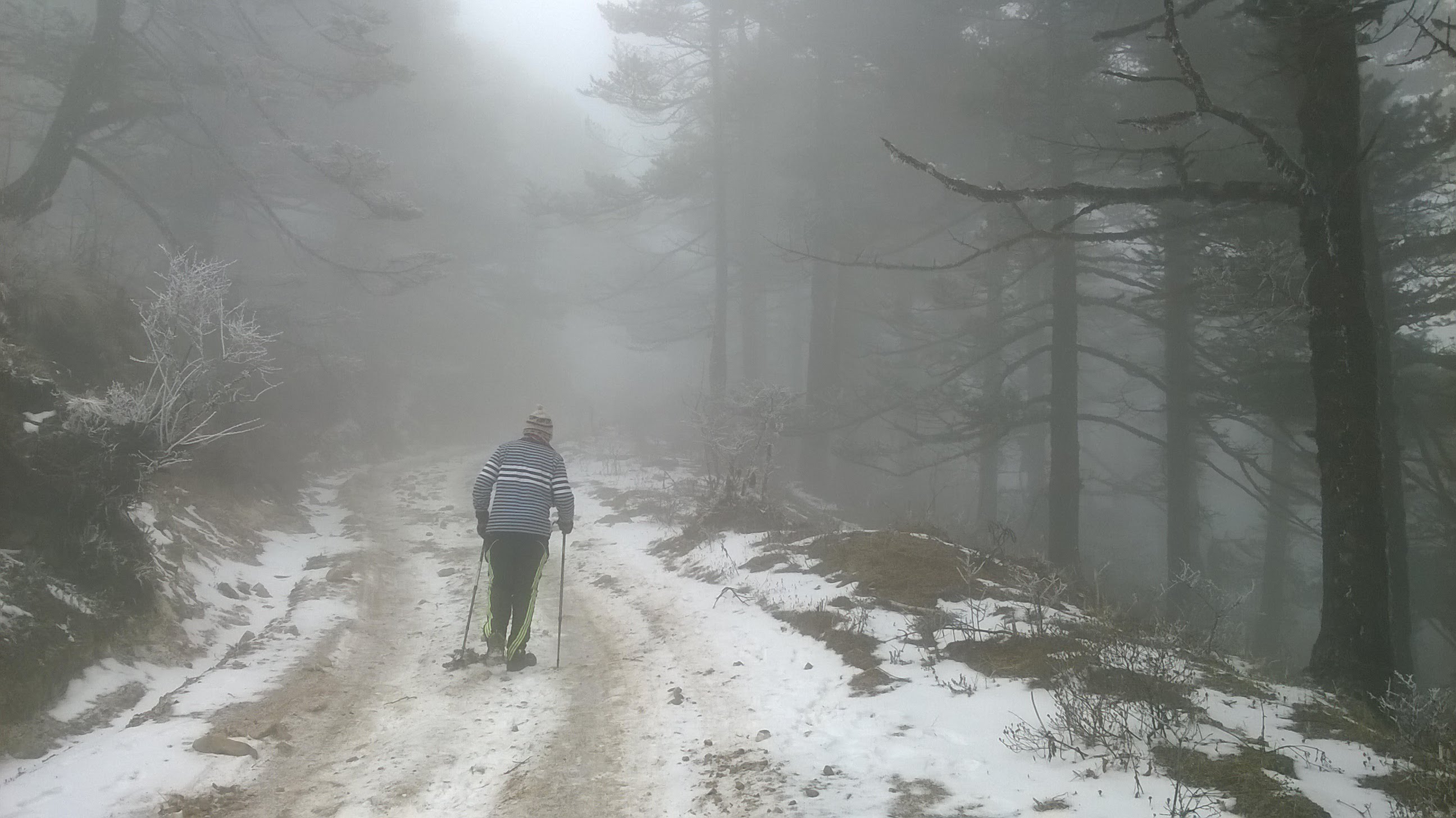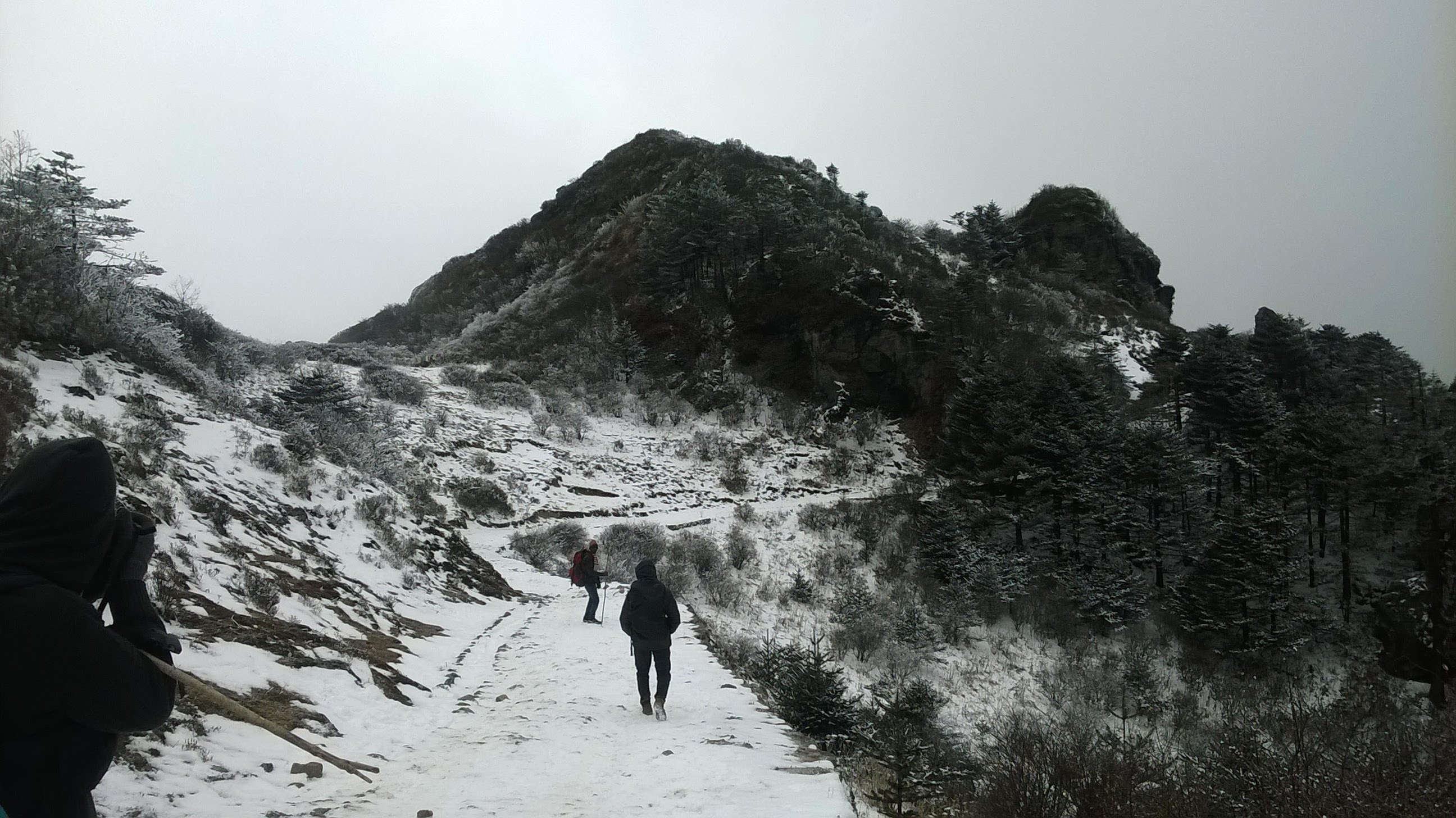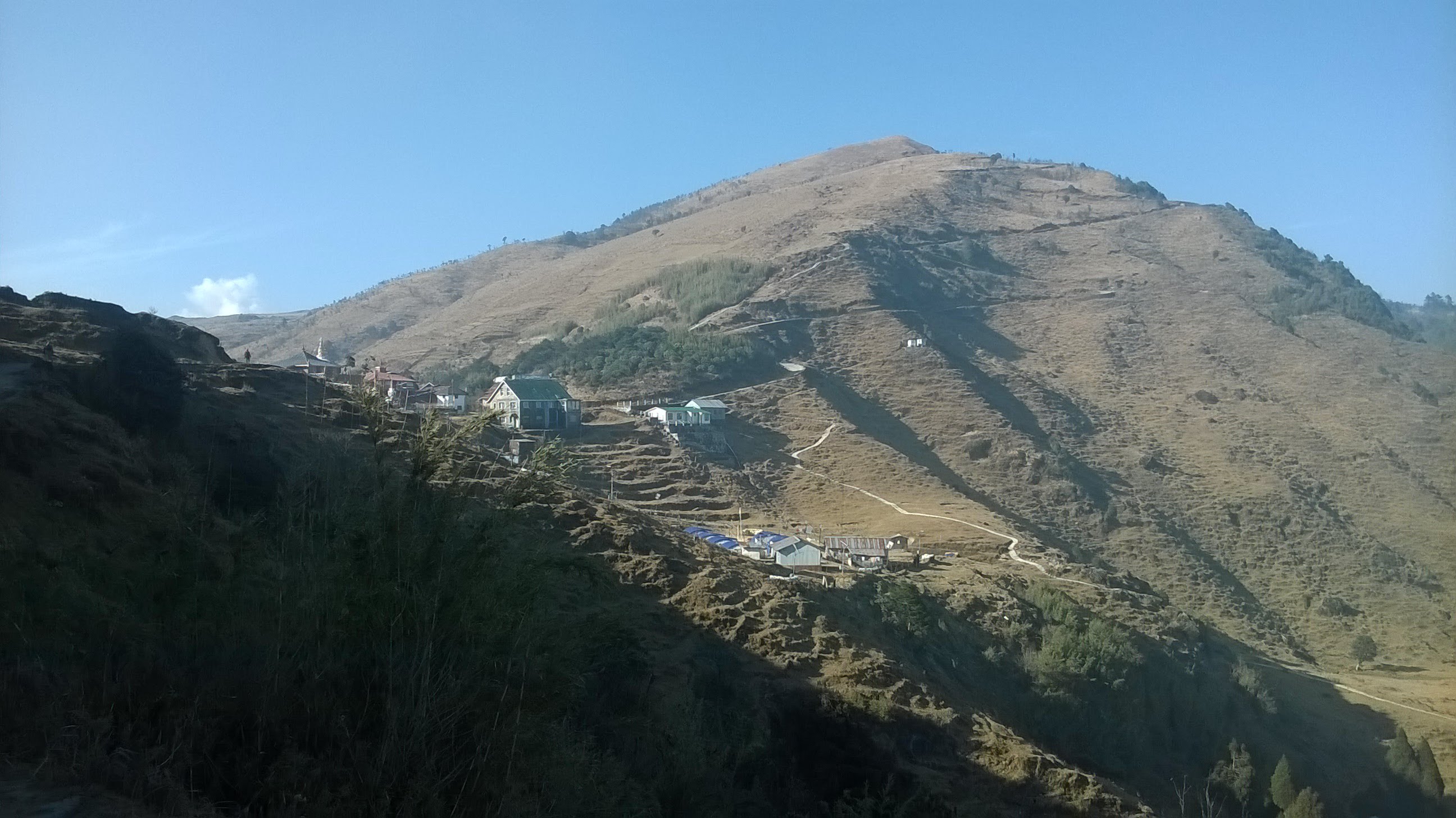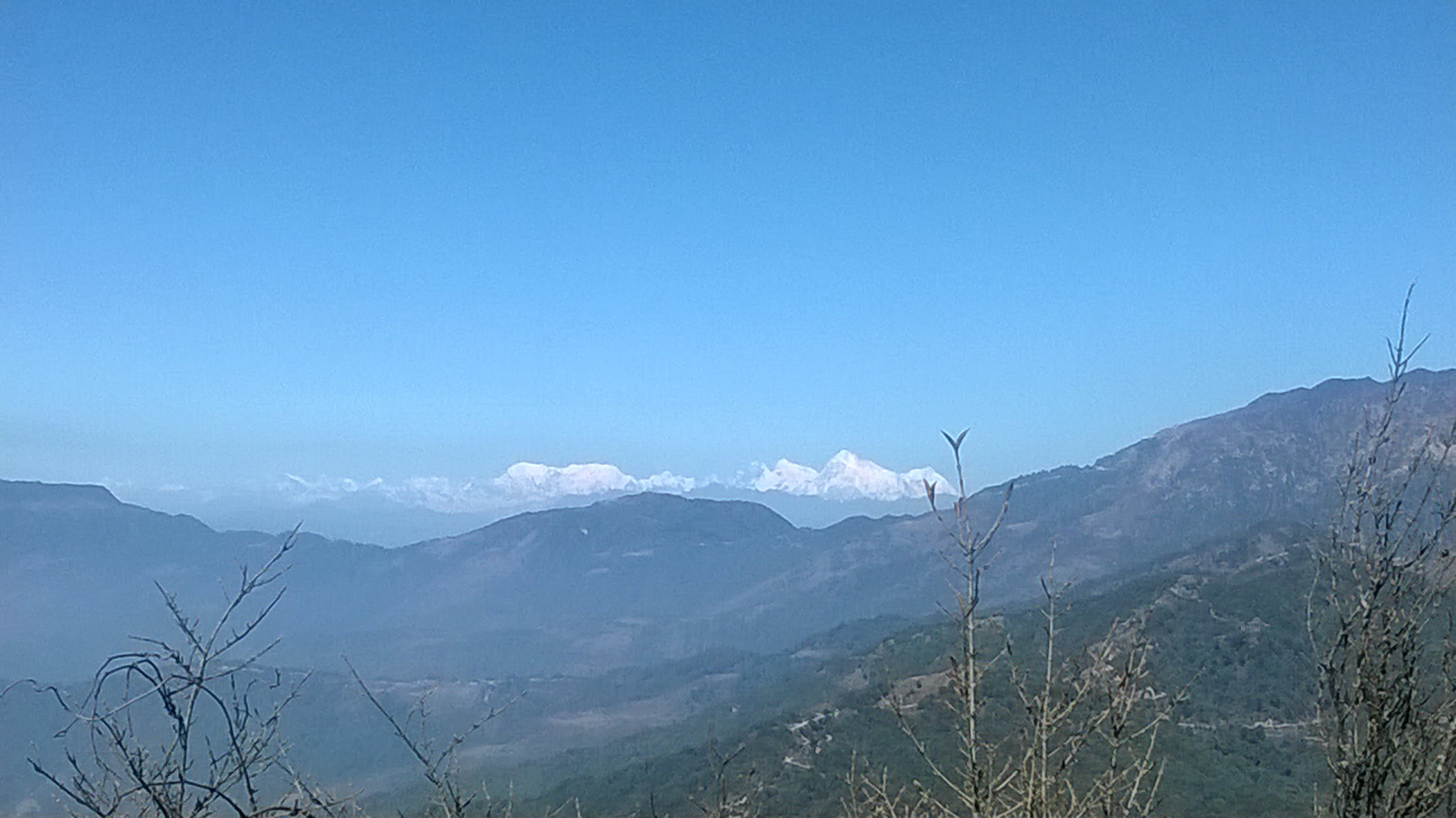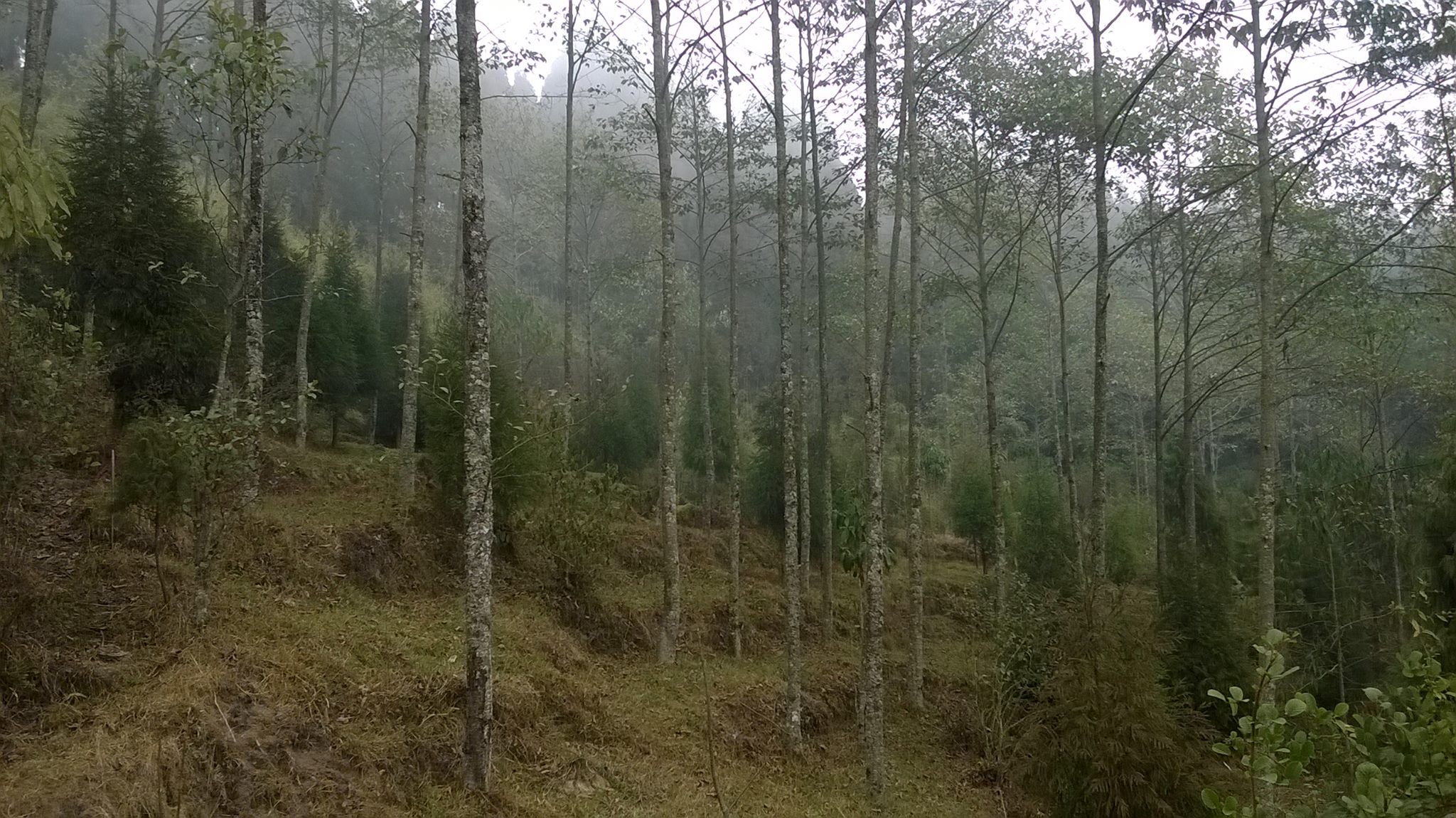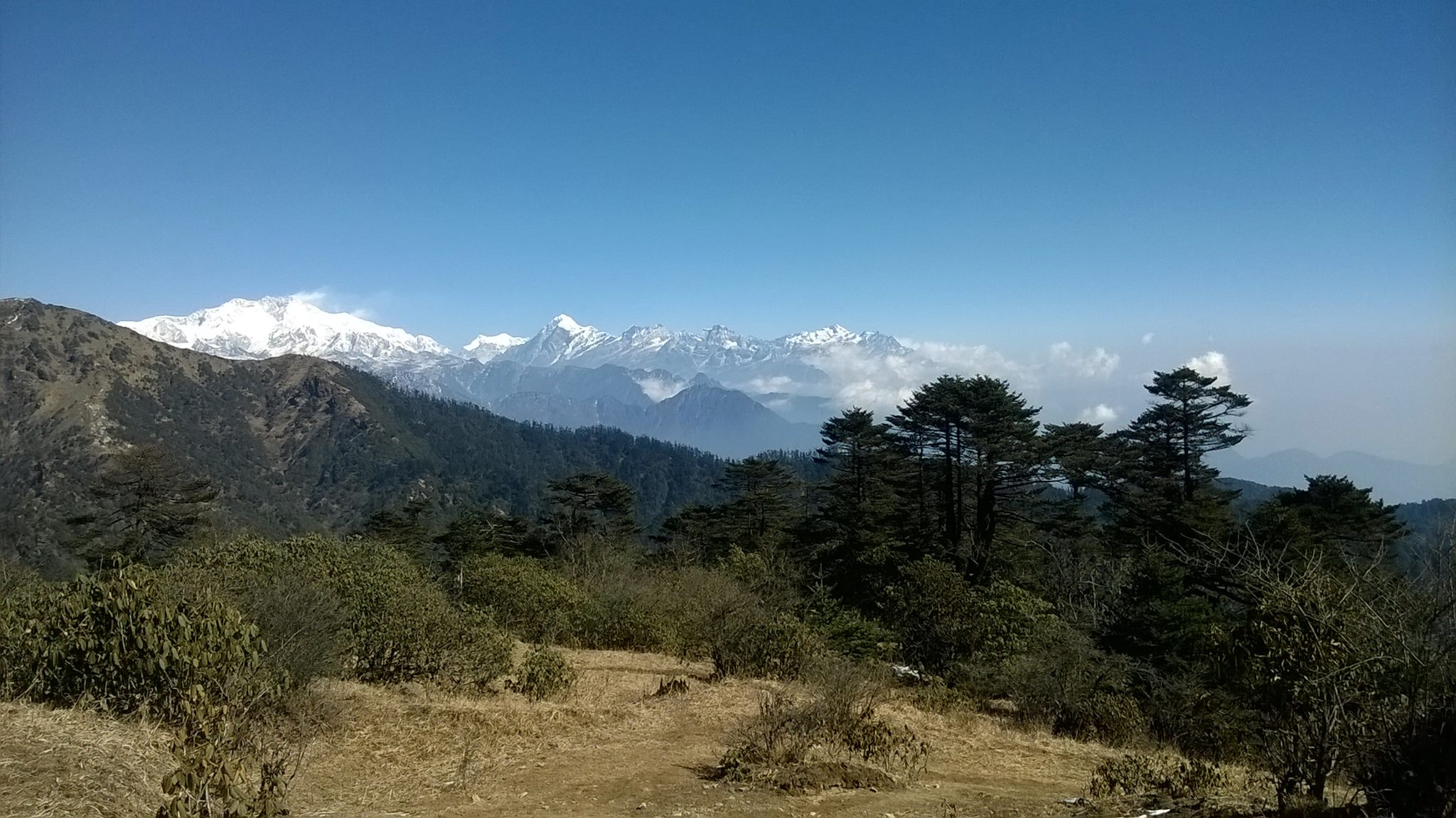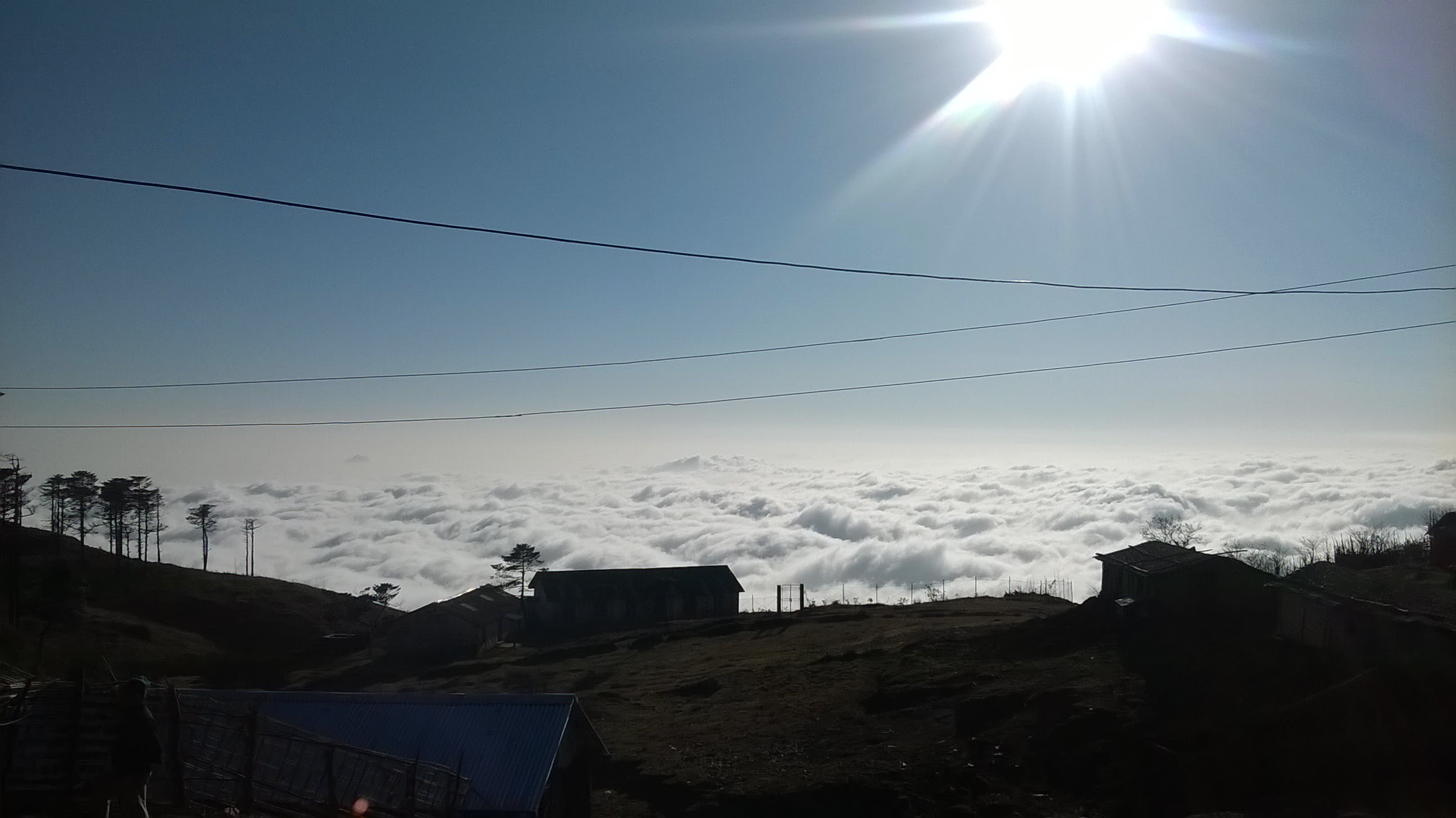✅ The “Sleeping Buddha” formation isn’t just poetic — it’s a precise alignment of Himalayan peaks. When viewed from Sandakphu or Phalut, Kanchenjunga forms the torso, Kumbhakarna the face, and Pandim the feet, resembling a sleeping figure of Lord Buddha. This alignment is visible only from this part of the Eastern Himalayas.
✅ Sandakphu literally means “Height of the Poison Plant” — named after the Aconite flower, a rare Himalayan plant that grows abundantly here and is highly toxic if consumed.
✅ Singalila National Park, through which the trek passes, is one of the few regions in India where you can spot the endangered Red Panda in the wild. Bird enthusiasts can also find over 150 Himalayan species, including blood pheasants and satyr tragopans.
✅ The trail lies along the Indo–Nepal border, and at many points trekkers unknowingly walk in and out of both countries. Tea houses on one side of the ridge belong to India, while those on the other belong to Nepal — no checkpoints, just open friendship across borders.
✅ The region is home to the old British Land Rovers, dating back to the 1950s, which still operate between Manebhanjan and Sandakphu — one of the steepest motorable routes in the Himalayas.
✅ Spring (March–May) turns the trail into a riot of rhododendrons and magnolias, while winter (Nov–Jan) transforms it into a snowy wonderland with crystal-clear mountain views.
✅ Phalut, the highest point of the trek, holds immense spiritual significance for locals. The name derives from the Lepcha word “Falut”, meaning “peak at the end”, and locals believe it to be the abode of mountain deities.
✅ Spring (March–April) transforms the Singalila forests into a rhododendron paradise, while autumn (October–November) offers the clearest views of the Himalayan range. During winter, the upper trails turn into a snow wonderland, making it an all-season Himalayan gem.
✅ Despite being moderate in difficulty, the Sandakphu–Phalut trek is at high altitude (above 11,000 ft) and can experience sudden weather shifts — trekkers often witness clear blue skies one moment and swirling mist the next, making every day an unpredictable mountain drama.

